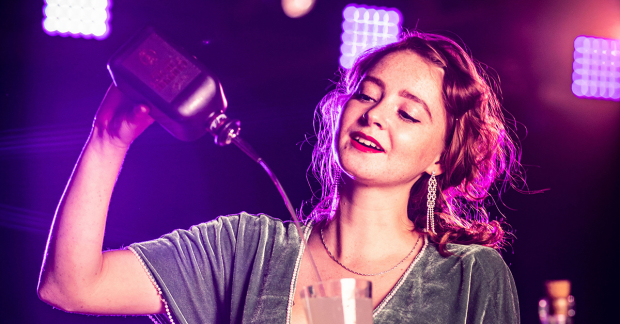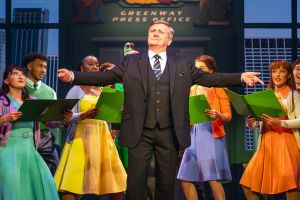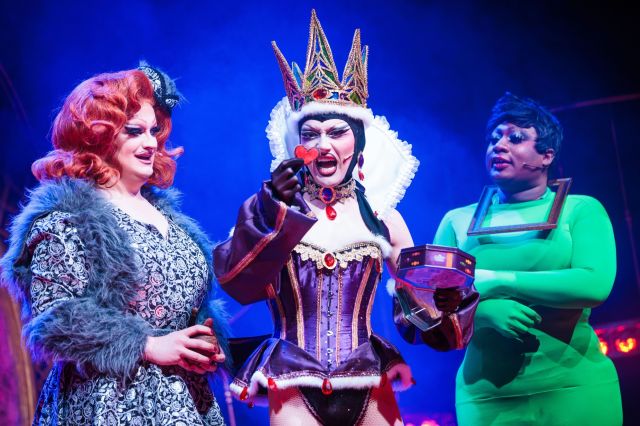Immersive Theatre – what is all the fuss about?
A look at immersive theatre’s exciting potential and the problems it faces

© Sam Taylor
Takeshi's Castle, Gladiators, The Crystal Maze… successful hangover recoveries often rely solely upon which retro 90s programme can be found on obscure television channels. After I plumped for Crystal Maze last Saturday morning however it was a shock to see the recognisable bald head of the strange bloke who used to host replaced by Richard Ayoade's frizzy barnet. Surprising as it was to see a relevant comedian and celebrity associated with the classic game show, its revamp reveals a great deal about the current status of immersive experiences, theatrical and otherwise, in this country.
Immersive theatre can be a broad, and therefore elusive, term to explain. One of the simplest definitions is that compared to a 'normal' production where audience members act as passive bystanders, immersive theatre involves breaking the fourth wall and bridging the gap between actor and spectator. Varying from performance to performance, participants might be free to interact verbally and physically with actors or to move around the venue as they please.
The Great Gatsby, Variant 31, and Red Palace are just some of the immersive theatre shows currently playing in London but this phenomenon spreads far beyond the capital. Neither is desire for immersive experiences unique to the theatre community, suggested by the fact that whereas at the start of 2013 there was a sole escape room venue in this country, there are now more than 600. Red Bull even sponsored an Escape Room World Championship last April in London! England might have won the recent Cricket World Cup and also come close in the rugby but we are seriously lagging behind Eastern Europe when it comes to this discipline (shout out to Slovakia's ‘Brainteaselava' winners).

© Helen Maybanks
Immersive theatre is also hard to define because a lot of the shows that market themselves as such move fluidly around boundaries that have traditionally separated different art forms. Whilst not being theatre, Skepta's DYSTOPIA987 event as part of MIF19 is a perfect example; it was a music concert, art installation and virtual reality experience all rolled into one. Phones were prohibited, heightening the sense of escapism that is another defining feature of immersive shows. Felix Barrett, the artistic director of pioneering immersive theatre company Punchdrunk, stated a few years ago that his company's aim was to engineer a "parallel universe" where people were able to feel dislocated from reality. It appears that forgetting who and where you are to focus on the next passage of time in an isolated location is key to success.
Whilst the prospect of complete abandon is exciting, it is important to realise that this may pose risks for both actors and audience members. Sexual misconduct allegations have been made in the past at Punchdrunk's Sleep No More production and also at The Guild of Misrule's Gatsby shows last year in London. The latter reacted to complaints by stepping up safety measures for the forthcoming Gatsby productions at new venue Immersive LDN, where there was a considerable security and crew presence last week. Ultimately, the venue felt like a safe environment without jeopardising the parallel universe aspect that is so desirable. Immersive theatre clearly has huge potential but it is imperative for the safety of those involved that clear boundaries exist for what is acceptable behaviour.


















